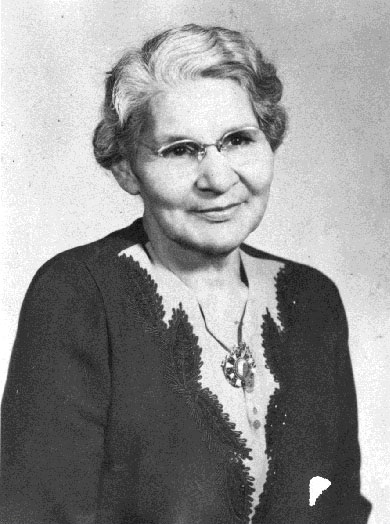| home |
|
Tribal Council Exhibit Main Menu > Tribal Councils Past & Present
|
|||
| Jamestown S'Klallam Tribal Council, Past and Present | |||
Early Jamestown Tribal Councils 1930s and 40s |
|||
|
The Jamestown people have steadfastly refused to move away from their North Olympic Peninsula homeland, turning down several official requests to move to reservation land purchased by the federal government. The first was upon signing the 1855 Point No Point Treaty, when they refused to go to Skokomish, and instead purchased their own land in Sequim. The second was in 1911 when Congress encouraged Clallams to take land allotments at Quinault. When the Indian Reorganization Act passed in 1934, the government decided to divide the Clallams into 3 bands - the Lower Elwha, Jamestown and Port Gamble. Clearly, Tribal leadership was involved in all of these decisions.
In 1939, the Port Gamble people agreed to recognition and reservation land that had been purchased for them in 1936 and 1937; the government wanted Jamestown people to move there, but the Jamestown refused. Jamestown people were again encouraged to move—this time west of Port Angeles—in 1968 when the Lower Elwha Tribe agreed to recognition and to move to a reservation designated for them in 1960. Again, the Jamestown people did not accept a reservation. Even so, the government provided services to the Tribe at Jamestown including school, law enforcement and health care, through the 1950s. Tribal Councils worked at the local, regional and national level to coordinate receipt of these services. Many of the Council records from the first half of the 20th century were lost, but we do know that these people served during these years:
1936 Executive Committee
Wilson Johnson, President Harris “Brick” Johnson, Secretary David Prince Jacob Hall Lowell “Lovey” Hall 1944 Council Wilson Johnson, Chair David Prince Jacob Hall Lowell “Lovey” Hall Lydia Dick Leonard Wood 1946 Council David Prince, Chair Jacob Hall Lowell “Lovey” Hall Lydia Dick Leonard Wood
|

Lydia Dick (Dick family) Served on Tribal Councils in the 1930s and 40s
|
||

|
Page 3 |

|
|
|
|||||||||||||

